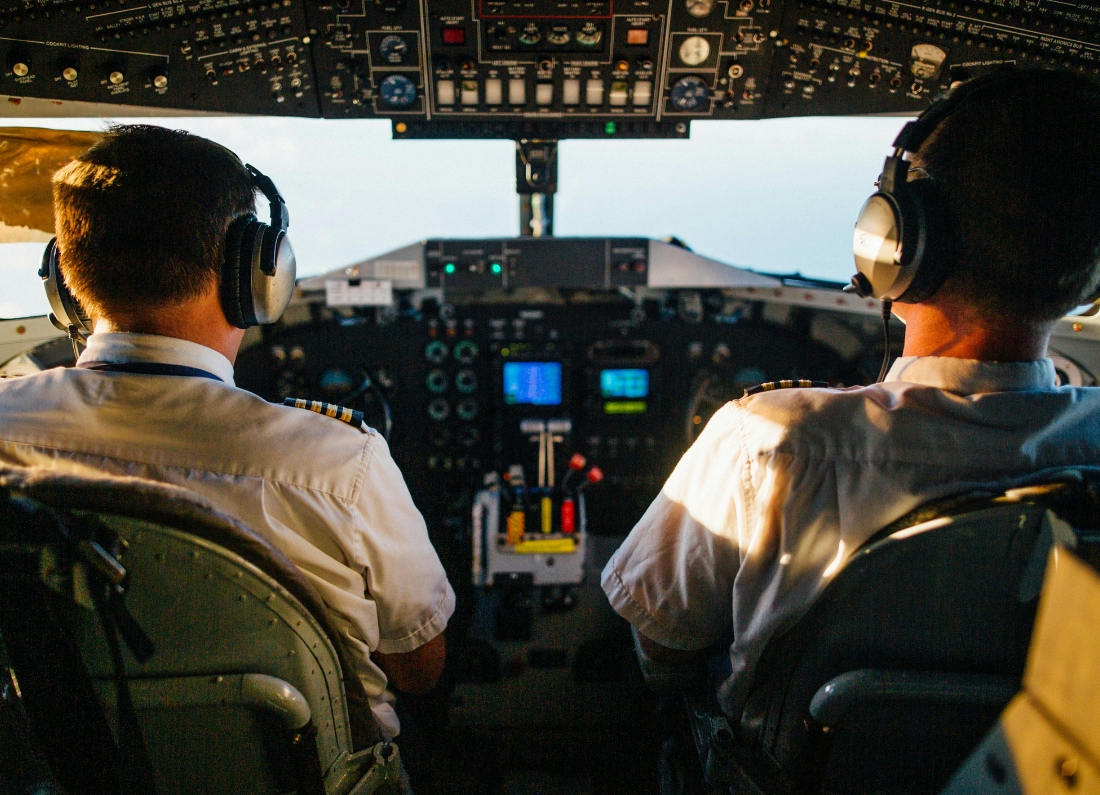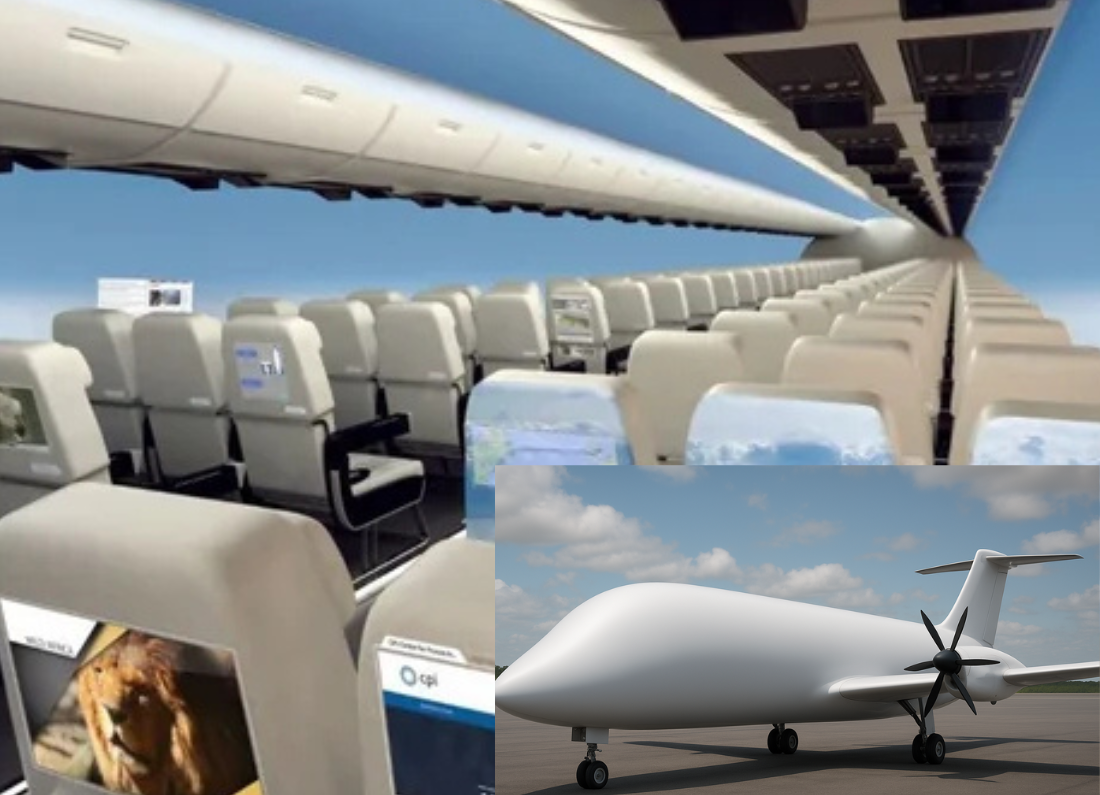The COMAC C919 represents a significant milestone in China’s ambition to establish itself as a formidable competitor to aviation giants like Airbus and Boeing. This aircraft not only reflects the nation’s determination to innovate in the aerospace sector but also poses a critical challenge in proving its ability to meet stringent global standards related to safety, reliability, and operational efficiency. As the COMAC C919 approaches the two-year mark in its commercial operation, it has been under the scrutiny of aviation experts and regulators alike. Observers continue to assess its performance, focusing on aspects such as passenger safety metrics, maintenance records, and overall reliability in various operating conditions. These factors raise an important question that resonates within the industry and among potential passengers: How safe is the C919? Understanding this will not only influence consumer confidence but also shape the future of China’s place in the global aviation market.
Certified to International Standards
The COMAC C919 successfully obtained its Type Certificate from China’s Civil Aviation Administration (CAAC) in September 2022, after completing a comprehensive flight testing campaign that involved various operating conditions and scenarios. Although the CAAC is recognized for its competence in overseeing aviation safety standards, some industry critics initially expressed skepticism about whether its certification processes could match the rigorous standards upheld by Western regulatory bodies such as the European Aviation Safety Agency (EASA) or the Federal Aviation Administration (FAA). In a significant development, COMAC announced in early 2025 that it has initiated the validation process with EASA. This step signals China’s determination to affirm the C919’s airworthiness and compliance with international standards, paving the way for its entry into global markets. EASA certification is still pending; however, this proactive approach is perceived as a vital confidence-building measure aimed at attracting potential international buyers who may have previously hesitated due to uncertainties surrounding the aircraft’s certification. By striving for EASA validation, COMAC is not only enhancing the credibility of the C919 but also demonstrating its commitment to meeting global aviation standards and fostering trust with international stakeholders.
Flight Performance and Early Safety Record
Since entering commercial service with China Eastern Airlines, the C919 has completed thousands of flight hours, primarily operating on high-demand domestic routes such as Shanghai–Chengdu and Beijing–Shenzhen.
✔ No major incidents or technical failures have been publicly reported
✔ Routine maintenance records indicate operational reliability is improving
✔ Pilots report favorable handling characteristics and responsive fly-by-wire systems
These early operational results are encouraging, though aviation safety experts stress that long-term fleet data is required to fully assess the aircraft’s reliability.
Key Safety Features of the COMAC C919
The C919 incorporates modern safety technologies comparable to its Airbus and Boeing counterparts, including:
✔ Advanced fly-by-wire control systems
✔ Triple-redundant flight computers
✔ Enhanced cockpit ergonomics with digital displays
✔ Engine and systems supplied by international partners such as CFM International, known for safety and reliability
✔ Compliance with ICAO and international safety standards
While much of the aircraft’s avionics and engines are Western-sourced, China is gradually increasing the percentage of domestically produced components a factor that may influence long-term safety performance as the program matures.
Expert Opinions
“In terms of design philosophy and system architecture, the C919 follows industry best practices,” says Captain Li Zhang, a senior test pilot involved in the aircraft’s early trials. “The aircraft feels stable, the controls are predictable, and the systems are intuitive.”
Aviation analysts caution, however, that supply chain consistency, pilot training, and maintenance infrastructure will be critical in ensuring the aircraft maintains a strong safety record as production scales up.
Areas for Ongoing Scrutiny
Despite positive early signs, several factors warrant continued observation:
⚠ Limited operational exposure outside China
⚠ Ongoing development of domestic supply chain for parts
⚠ Pending international certification, especially from EASA and FAA
⚠ The need for transparent, publicly accessible safety reporting to build global confidence
Cautious Optimism
The initial safety record of the COMAC C919 is quite promising, showcasing a track record free of significant incidents and demonstrating full compliance with contemporary aviation safety standards. However, establishing global confidence in the aircraft will hinge on several critical factors: transparent reporting of safety data, consistent and reliable operational performance across various airlines, and successful completion of international certification processes. At this stage, the C919 stands out as a noteworthy addition to China’s burgeoning commercial aviation landscape, symbolizing innovation and progress. Yet, as with all new aircraft programs, the ultimate assessment of its safety legacy will unfold over time through real-world operations and experiences. MyAviation Magazine is committed to carefully monitoring the C919’s safety performance as it gradually joins airline fleets around the world. We will track how it fares in the dynamic landscape of global regulatory evaluations and how it contributes to the advancement of aviation safety in the years to come.














Leave a Reply